Speed Dating at Sundance
Boaz Yakin shares advice and pitfalls of filmmaking with Hawkeye staff.
During January, the Hawk Media Club attended the Sundance Film Festival in Park City, Utah. The picturesque and snow-filled setting of Park City was the perfect backdrop for the largest film festival in North America.
Founded by Robert Redford in 1981, the Sundance Institute hosts countless workshops to help up and coming filmmakers with their animation, short films, feature films, and documentaries. The institute provides grants to film-makers and offers support and expertise on everything from writing to casting and editing.
Students and media were invited to a “Meet the Institute” event where department heads explained their jobs, and how budding filmmakers might join the prestigious institute. Speakers of the event included Tabitha Jackson of the documentary program, Anne Lai of the feature film program, Peter Golub of the music department, and Emily Dough of the short film department.
The panel explained the application process for grants and workshops, and explained the differences between the processes for short films, feature length films, and documentaries. Documentaries are the most difficult type of film to have accepted, as stories may change between the time of the application and the end result, and therefore require a grant prior to being able to participate in workshops. Short films and feature lengths have processes that are more similar, with grants available to help filmmakers with paying for a range of expenses, including living expenses.
“The institute is kind of like a family,” said Lai. “We give grants and host workshops so that we can make sure that your script and your story are their very best.” While the institute may seem too exclusive for students to enter, the panel encouraged students to apply and continue to apply, even if a film was denied the first time, “Take whatever feedback we give you, apply it, and enter your film again. We encourage you to keep trying to improve your films,” said Dough.
The Hawkeye staff attended film premieres, Q and A sessions, and filmmaker “speed dating,” in addition to meeting the institute organizers. Among the filmmakers that participated in the speed dating sessions were documentary, feature length, short, and animation filmmakers.
The first filmmaker we met was Boaz Yakin. Yakin is the director and screenwriter of “Fresh” and “Death-in-Love”, and a member of the 1994 Sundance “Where are they now” panel. He shared with us some of his inspiration and insight about working in the film industry. “At different times of my life I have enjoyed different aspects [of the film industry], but I think that the easiest thing for me is probably writing because you get to be alone. Once you add other people, you get this kind of pressure” Yakin said. “I was who I was at the time that I was,” he added. “That’s not advice you can give people.”
The next filmmaker we met was Lena Waithe, producer of the award winning film “Dear White People”. Her experience making the film was exciting. “The editing is kind of cool, the process of putting it all together, it happened pretty quickly, we shot it in 30 days to make the Sundance deadline,” Waithe said. “It’s an honor to be here, it’s my first year at Sundance.” Her advice to young filmmakers and artists of all kinds was simple: “Be as specific as possible, pick one thing to hone in on and be great at it.” Waithe’s future projects include a pilot that she is writing and shooting for BET titled “20s”, which she described as an African-American version of the show “Girls”.
Just because someone is a director does not mean that they only have to stick to live action film making. Animation is a great window of opportunity to open one’s true imagination. Lou Morton attended Sundance for the first time for animating a short film called “Passer Passer”.
In “Passer Passer”, every frame was filmed by a digital tablet. Morton said one of the toughest challenges when it comes to animating is “Finding that unique look, and sticking to it.” The good thing about making animation digitally is that the creator could just keep animating it until they get it right. Morton also said, “Since you’re creating everything from scratch, it is very hard to know what it will feel like till it’s done.”
Diffan Norman, a new face to the Sundance Film Festival, was genuinely enthused to be taking in the experiences that the festival had to offer.
His film “Kekaish” was his first feature film after making several movie shorts. He was apprehensive at first to make this movie stating, “I had to convince myself that I was going to do it.” Kekaish was filmed in Malaysia and then finished in Los Angeles.
Some of the challenges Norman faced while filming were that the lab in the movie was still being used for research purposes. He feels that social media was the biggest help to his project.
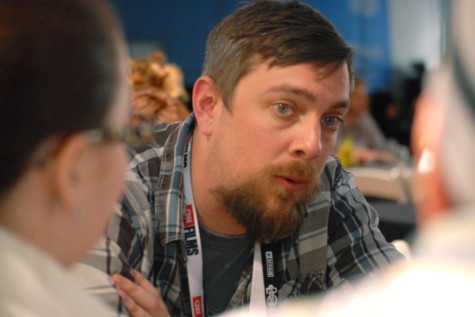 One of the more widely anticipated films of the festival, “Dinosaur 13”, was directed by Todd Miller. Outside of competing in film festivals, Miller is a documentary film maker for CNN Films. He shared with us the challenges he faced making a film with a subject as large as a T-Rex.
One of the more widely anticipated films of the festival, “Dinosaur 13”, was directed by Todd Miller. Outside of competing in film festivals, Miller is a documentary film maker for CNN Films. He shared with us the challenges he faced making a film with a subject as large as a T-Rex.
“Making a movie based on a book, deciding what to keep in and what to cut was probably the greatest challenge,” Miller said. “In fact, my favorite scene got cut out,” he added. When asked about his future projects, Miller shared that his next film is largely based under water, which he anticipates to be a challenge. “Perseverance is key,” Miller said.
The last filmmaker we spoke with was Matthew Lessner, the creator of the short film “Chopper Perilous” and third-timer at the Sundance Film Festival. His film was featured on YouTube as part of the Sundance festival.
For many filmmakers, the Internet has posed a challenge. Some see it as cheapening of their work, but for Lessner, it is a positive tool. “You can’t deny the power of the Internet,” Lessner said. His film was put together quickly, within a week, a timeline that most of the short films at Sundance seemed to fit. “It’s easier to make quicker and more fluid films when you have a smaller budget,” Lessner added.
Sundance was full of inspiring stories. Whether they were told on screen or spoken of by struggling filmmakers, Park City was full of people trying to make sure that they got the chance to share their art. From celebrities, students and theatre goers, Sundance had something to offer everyone.
Krista Byrd is the Editor-In-Chief of The Hawkeye.
Krista Byrd was born in Brandon, Florida. She is currently working on her Associates degree in...
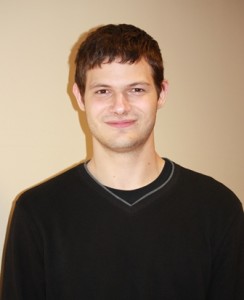
Nick Greisbach is the Sports Editor of The Hawkeye.
Nick was born in Appleton, Wisconsin. He moved to Florida in 2009 to pursue a career in music production. He...
Chris was born in Tampa, Florida. He is currently working on his Associates degree in Mass Communications. In the future, he plans to pursue his bachelor’s...

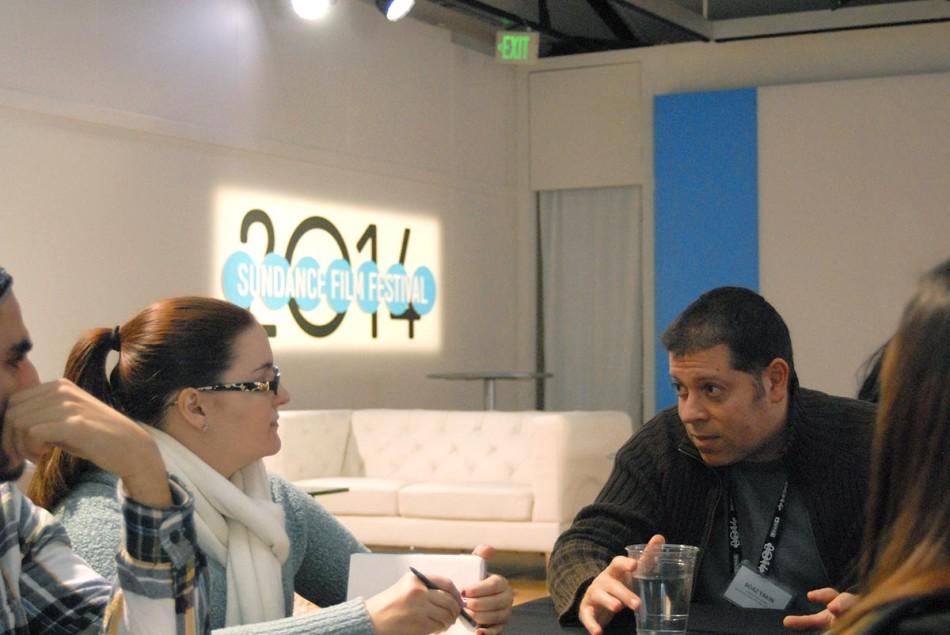
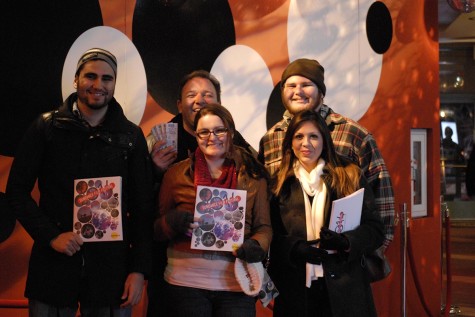
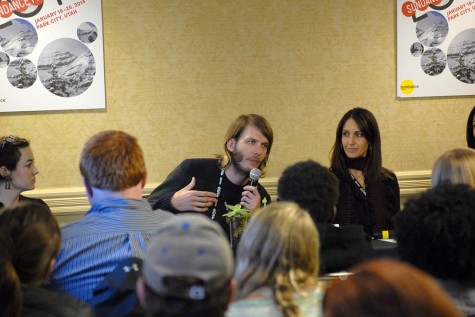
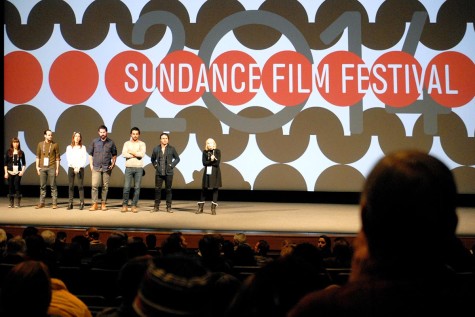
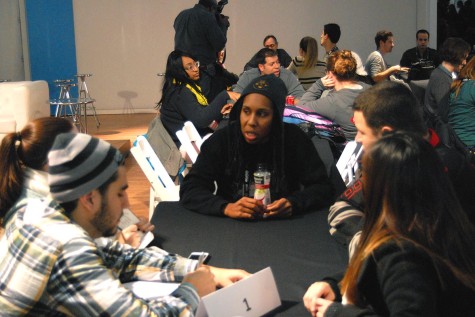
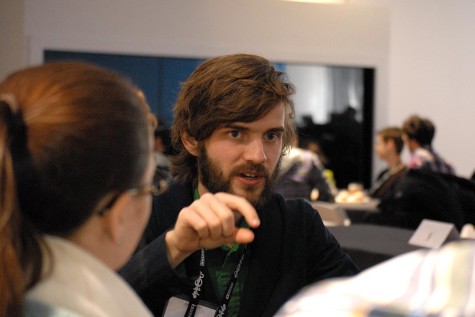
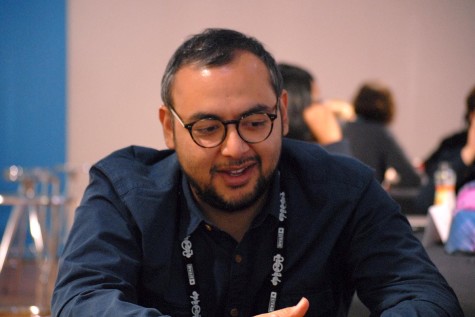
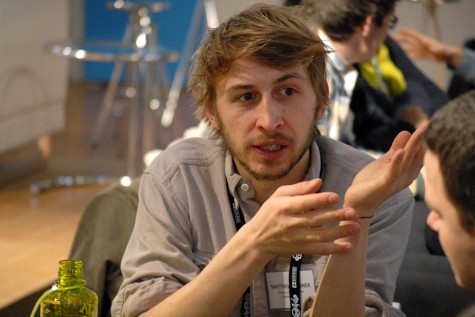













Marquise Tomlin • Mar 17, 2014 at 2:24 am
I always get freaked out speed dating. Anyone could very well be putting a front up on the first day. I also don’t like the whole speed aspect. Yet if you don’t like the guy it must be nice to have him leave and be on to the next one.